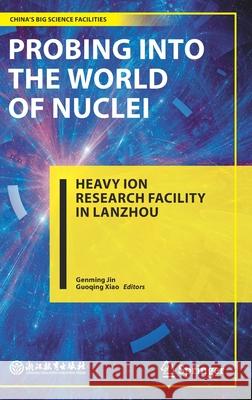Probing Into the World of Nuclei: Heavy Ion Research Facility in Lanzhou » książka
topmenu
Probing Into the World of Nuclei: Heavy Ion Research Facility in Lanzhou
ISBN-13: 9789811607141 / Angielski / Twarda / 2021 / 110 str.
Probing Into the World of Nuclei: Heavy Ion Research Facility in Lanzhou
ISBN-13: 9789811607141 / Angielski / Twarda / 2021 / 110 str.
cena 133,12
(netto: 126,78 VAT: 5%)
Najniższa cena z 30 dni: 127,20
(netto: 126,78 VAT: 5%)
Najniższa cena z 30 dni: 127,20
Termin realizacji zamówienia:
ok. 22 dni roboczych
Bez gwarancji dostawy przed świętami
ok. 22 dni roboczych
Bez gwarancji dostawy przed świętami
Darmowa dostawa!
Kategorie BISAC:
Wydawca:
Springer
Seria wydawnicza:
Język:
Angielski
ISBN-13:
9789811607141
Rok wydania:
2021
Wydanie:
2021
Numer serii:
001190151
Ilość stron:
110
Waga:
0.35 kg
Wymiary:
23.39 x 15.6 x 0.79
Oprawa:
Twarda
Wolumenów:
01
Dodatkowe informacje:
Wydanie ilustrowane











